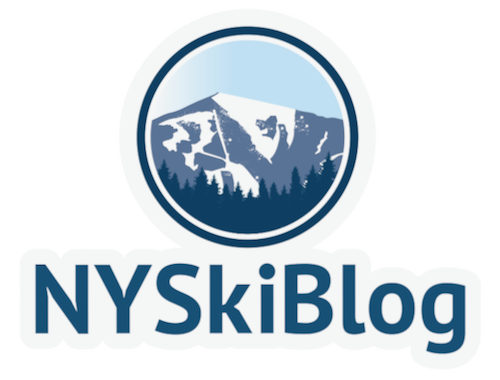New York State covers 49,500 square miles, including of 1,600 square miles of inland water. Most of the state lies between 42° and 45°N latitude and 73° and 78°W longitude. Long Island is outside of those coordinates falling between 40°N and 72°W.

NY Highlands
There are two large highlands in New York: the Adirondacks in the northeast and the Allegheny Plateau in the south. Forty percent of New York is more than 1,000 feet above sea level. (If you think creatively, there are a lot of places to ski.)
The Adirondacks account for 25% of the state’s total area and include the state’s highest peaks. The summit of Mt. Marcy, at 5,344 feet, is the highest in New York. In Essex County, there is an area of 500 square miles that include many peaks above 4,000 feet. Along with the Blue Ridge in North Carolina and the White Mountains in New Hampshire, these are the tallest peaks in the east.
The Allegheny Highlands, including the Catskill and Shawangunk Mountains, extend across the southern half of the state, from the Hudson River Valley to the basin of Lake Erie. The southern plateau is divided by the deep channel of Seneca Lake, which extends from the plain of Lake Ontario southward past Watkins Glen to the Chemung River Valley. On it’s northern edge this formation gradually merges into the Great Lakes Plain of western New York.
The Catskills are part of the Allegheny highland; they are not a true mountain range in the traditional sense. They are actually the result of erosion of the plateau. They weren’t impacted by the most recent ice age and as a result are higher in elevation than the rest of southern NY. The Catskills highest peak is Slide Mountain, at 4,204 feet.
Smaller upland regions of New York include the Hudson Highlands, the Taconic Range and Tug Hill Plateau.
The Hudson Highlands — lies in southeastern New York where the Hudson River has cut a valley between the Palisades on the west and the Taconics on the east, along the Connecticut and Massachusetts border. Tug Hill lies west of the Adirondacks and the upper Black River Valley in Lewis County.
NY Lowlands
Much of the eastern border of New York is comprised of a long, narrow lowland region, that includes Lake Champlain, Lake George, and the Hudson Valley.
Another lowland region, the Great Lakes Plain, on the northern and western boundaries of the state, adjoins the St. Lawrence River, Lake Ontario and Lake Erie.
A third lowland region, which contains Lake Oneida and the valley cut by the Mohawk River, connects the Hudson Valley to the Great Lakes Plain.
Long Island, part of the Atlantic Coastal Plain, is the fourth lowland region of the state.
New York Lakes
The most prominent lakes in the state include Lake Champlain and Lake George along New York’s eastern boundary with Vermont. Lake Ontario lies along New York’s border the Canada.
The valleys of the Finger Lakes were formed 550 million years ago, during the most recent ice age. Glaciers crept through the area and carved deep channels into the land, pushing the earth and rocks south. The largest Finger Lakes from west to east are Canandaigua, Keuka, Seneca, Cayuga and Skaneateles Lakes.
Oneida Lake is in central New York between Syracuse and Rome, and Chautauqua Lake in the extreme southwest. Both stand out due to their size.
More than 1500 smaller lakes and ponds are spread across the Adirondacks also as the result of glaciation.
The Sacandaga Reservoir in the southern Adirondacks and the Pepacton Reservoir in the Catskills are the two largest manmade bodies of water in New York.
NY Rivers
The rivers of New York generally fall into two categories: those that drain into the Great Lakes / St. Lawrence River and those that flow southward. The first group includes the Genesee, Oswego, Black, Oswegatchie, Grass, Raquette, Saranac and the Ausable. The second group includes the Chemung, Susquehanna, Delaware, the Allegheny and the Hudson River system. They are all part of the Atlantic slope drainage.
New York’s longest river is the Hudson. It flows over 300 miles from Lake Tear of the Clouds in the Adirondacks to New York Harbor. The Mohawk River flows into the Hudson north of Albany.
The major rivers of central and western part of the state — the Black, the Genesee, and the Oswego — all flow into Lake Ontario. Rivers that define the state’s borders are the St. Lawrence in the north, the Poultney in the east, the Delaware in the southeast, and the Niagara River in the west.
Niagara Falls is generally considered one of New York’s most spectacular natural features. With an estimated flow rate of more than 1,500,000 gallons per second, the falls is a major source of hydroelectric power.
Sources:
• andyarthur.org
• cornell.edu
• www.city-data.com
